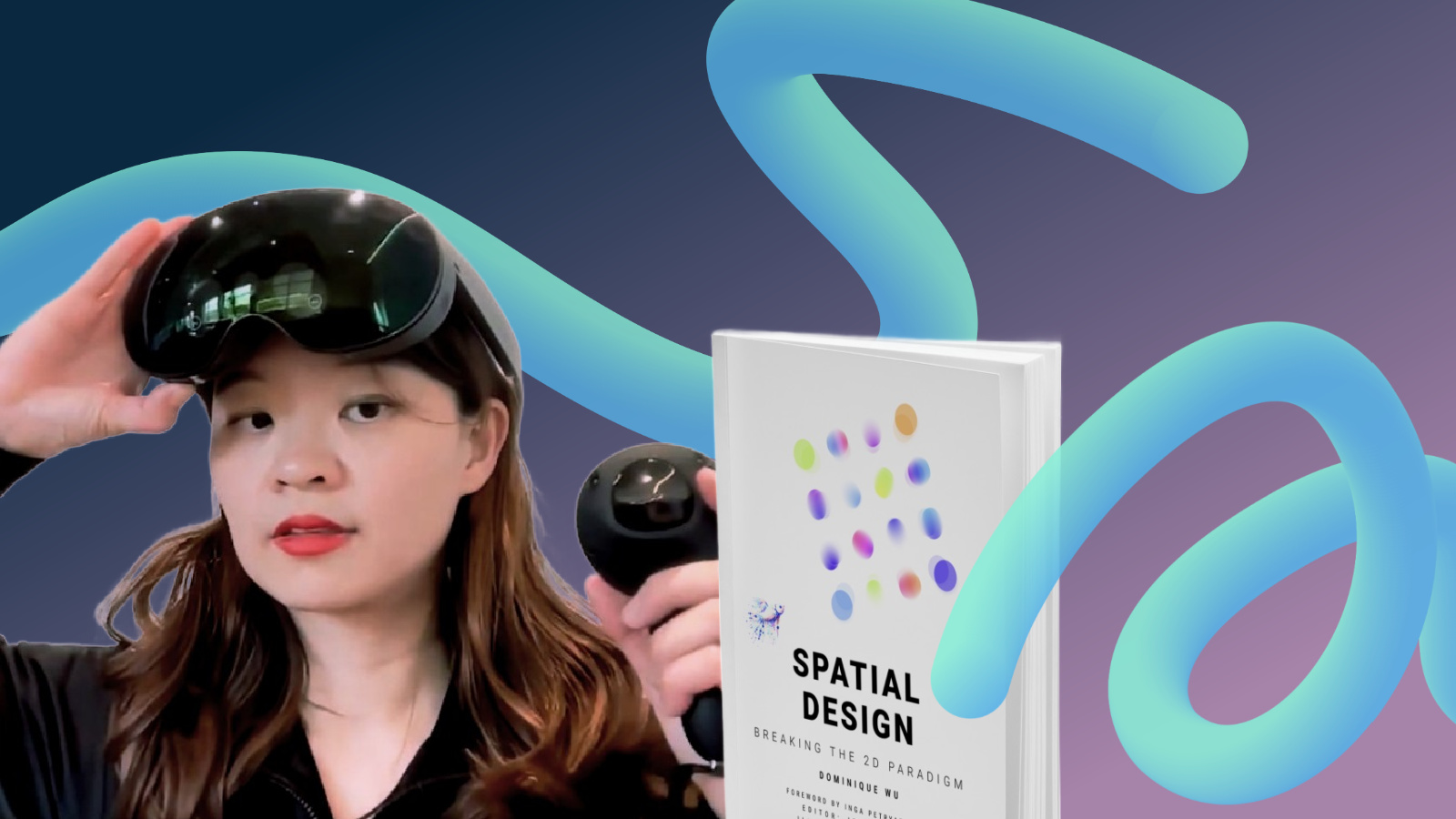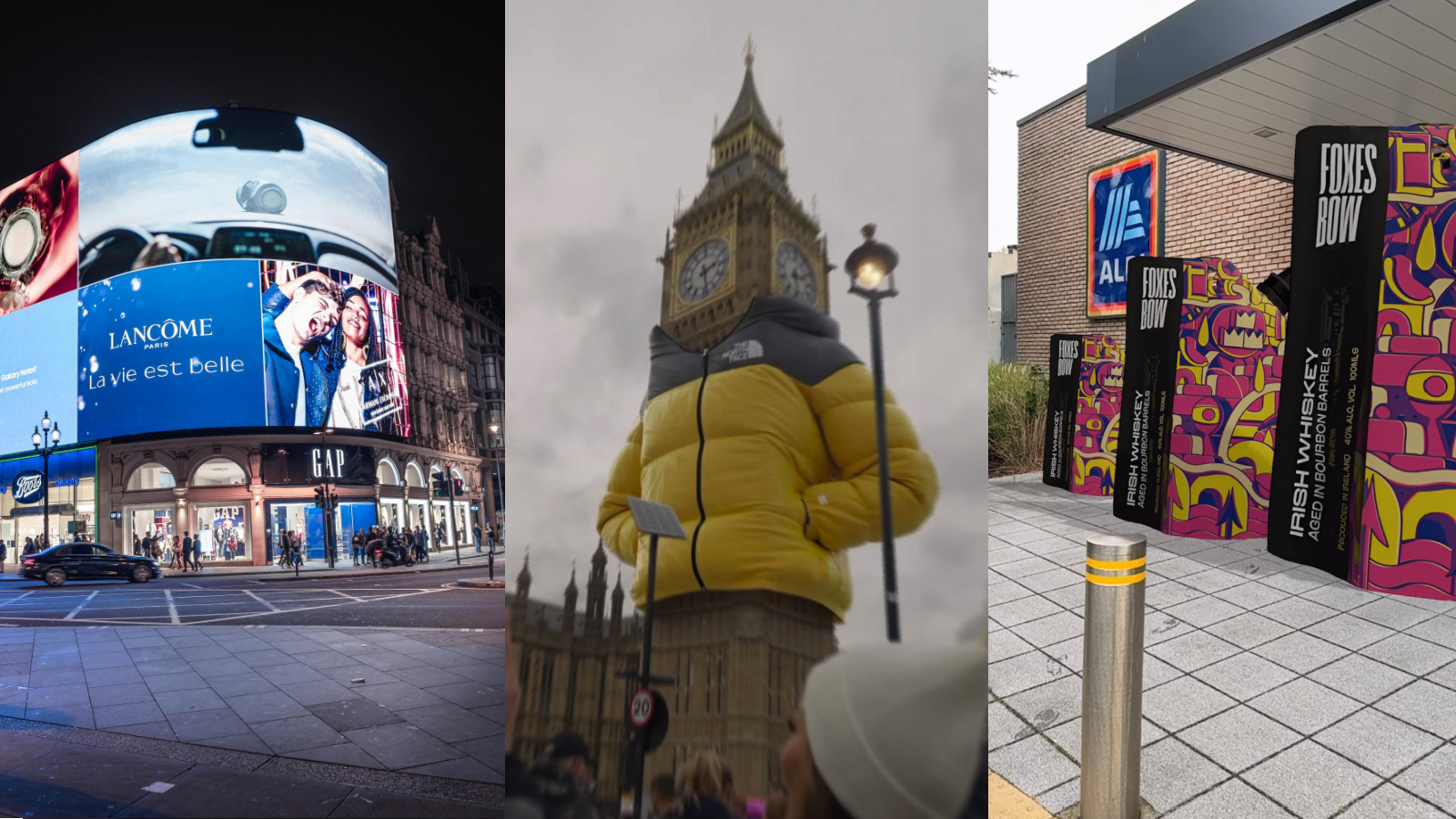A compelling story weaves a personal connection, taking us on a journey that inspires action. Though storytelling has evolved over time, its fundamental aspects remain the same. Physical storytelling, anchoring people in specific places or moments relevant to the narrative, fosters a profound sense of connection between people and their surroundings. In the contemporary landscape, Extended Reality (XR) takes storytelling a step further. By shifting the narrative perspective from third-person to first-person, XR redefines presence, extracting digital reality from screens and immersing users in a tangible, physical experience with newfound storytelling possibilities.
The Significance of Spatial Storytelling
Objects designed by architects, artists, or creators carry stories within them. These narratives, sometimes easily discerned and other times uncovered through thoughtful consideration, contribute to a unique user experience. The subjective nature of this experience varies as individuals engage with the space, emphasising the crucial role of spatial storytelling in ensuring each story is heard and each place is discovered authentically.
Engaging the Senses for Lasting Impressions
The essence of Augmented Reality (AR) storytelling lies in engaging the user's senses and emotions, fostering memorable and meaningful experiences. Techniques like personalisation, gamification, socialisation, and feedback are employed to achieve this. Personalisation tailors the narrative to the user's profile, preferences, or location, while gamification introduces elements of challenge, reward, and competition. Socialisation allows users to share and collaborate within the story, and feedback provides real-time responses to actions or choices.
AR's Historical Immersion
Picture immersing yourself in the rich history of a castle spanning centuries. With AR, the experience transcends traditional audio tours, allowing users to witness the past, visualise the lives of historical inhabitants, and interact with their stories firsthand. It transforms historical learning into an active exploration, inviting users to engage with and truly experience history.
Shaping Empowering Narratives
Spatial storytelling opens the door to endless possibilities. The key lies in integrating these technologies to craft narratives that empower audiences. The goal is to move beyond passive consumption, steering clear of traditional screens, and prompting individuals to explore, see the world from new perspectives, and immerse themselves in their surroundings.
The Future of Storytelling: Our Vision
Spatial and immersive storytelling is not a passing trend; it is firmly establishing its presence in visitor attractions, educational applications, and futuristic entertainment. These experiences linger in the memory long after the visit, as individuals essentially "live" the location. This immersion and powerful engagement are sought after by many brands. The challenge now is for brands and attractions to leverage transmedia storytelling platforms, connecting meaningfully with consumers and communities as these technologies continue to evolve—a challenge met head-on by Imvizar.
Check out our talks on Spatial Stoytelling at AWE!





.jpg)





